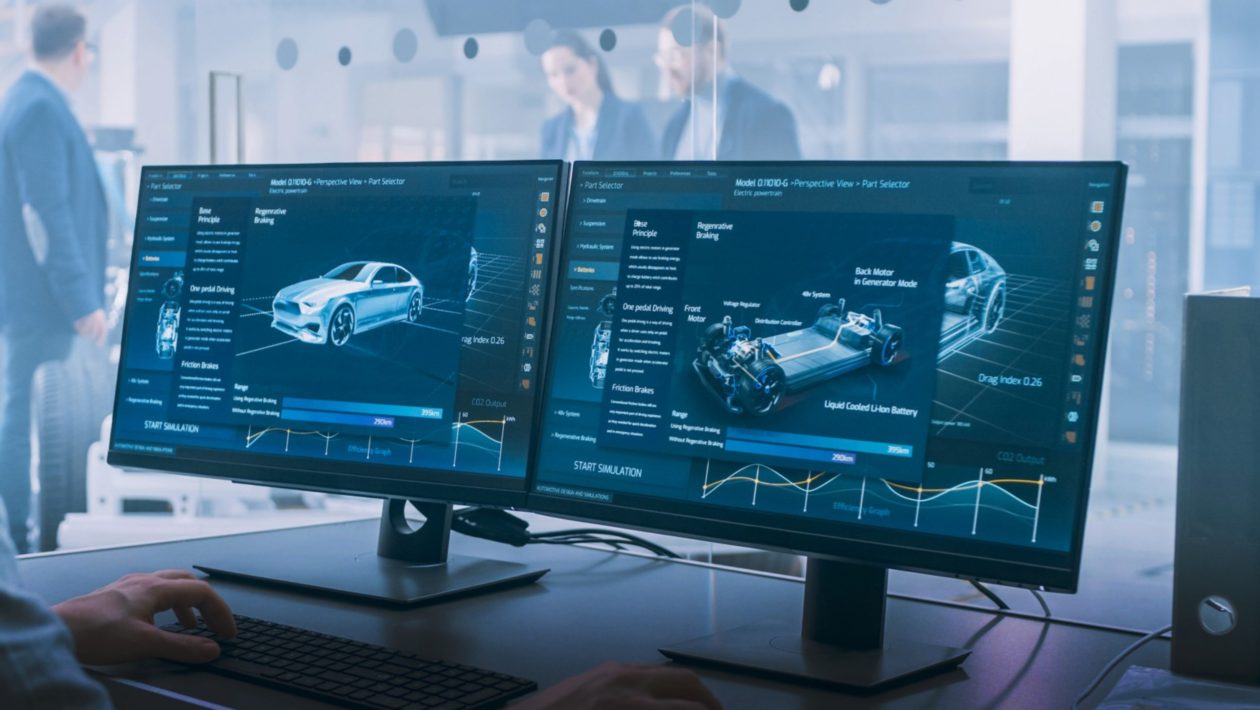The software has become a critical component in the automotive industry, powering various systems and features that enhance vehicle performance, safety, and user experience. However, developing software for automobiles poses unique challenges due to safety-critical considerations, compliance with industry standards, and the inherent complexity of automotive software systems. In this article, we will explore the challenges faced by software developers in the automotive industry and the strategies employed to meet complexity and quality standards.
Table of Contents
1. Safety-Critical Considerations:
Automotive software must adhere to stringent safety requirements to ensure the reliability and integrity of vehicle systems. Developers face the challenge of designing software that meets safety standards, such as ISO 26262, and mitigating potential risks and hazards. Implementing robust error handling, fault detection, and fail-safe mechanisms are critical to safeguarding vehicle operation and passenger safety.
2. Compliance with Industry Standards:
The automotive industry is governed by a range of standards and regulations that software developers must comply with. These standards, such as Automotive SPICE and MISRA C, provide guidelines for software development processes, quality assurance, and code safety. Ensuring compliance with these standards presents challenges in terms of documentation, traceability, and conducting thorough audits throughout the development lifecycle.
3. Managing Complexity in Software Systems:
Automotive software systems are complex due to their interconnected nature, diverse functionalities, and integration with hardware components. Developing software that seamlessly interacts with sensors, actuators, communication networks, and other subsystems requires careful planning and coordination. Managing the complexity of software architecture, data flow, and interaction patterns is a significant challenge for developers.
4. Real-Time Constraints and Performance Optimization:
Automotive software often operates in real-time environments where quick response times and low latency are crucial. Meeting real-time constraints while optimizing software performance is challenging, particularly when dealing with resource-constrained hardware platforms. Balancing computational requirements, memory utilization, and power consumption is essential to ensure optimal performance without compromising safety and reliability.
5. Software Updates and Maintenance:
Automotive software requires continuous updates and maintenance throughout the vehicle’s lifecycle to address security vulnerabilities, enhance features, and fix bugs. However, deploying software updates in the automotive context is challenging due to the need for rigorous testing, validation, and ensuring compatibility across different vehicle models and configurations. Effective update strategies that minimize downtime and disruption to vehicle operations must be devised.
6. Collaboration and Integration with Hardware Teams:
Software developers in the automotive industry often work closely with hardware engineers to ensure seamless integration between software and hardware components. Effective collaboration and communication between these teams pose challenges, as they must align their development processes, resolve dependencies, and manage the complexity of coordinating software and hardware changes.
7. Testing and Validation:
Thorough testing and validation are essential to ensure the quality and reliability of automotive software. However, testing complex software systems with diverse functionalities and real-time constraints is a significant challenge. Developers must employ comprehensive testing methodologies, including unit testing, integration testing, system testing, and simulation-based validation, to identify and rectify software defects and ensure compliance with safety and quality standards.
Conclusion:
Software development in the automotive industry faces unique challenges related to safety-critical considerations, compliance with industry standards, managing complexity, and meeting real-time constraints. Overcoming these challenges requires a multidisciplinary approach, collaboration between software and hardware teams, adherence to stringent safety standards, and rigorous testing and validation processes. By addressing these challenges effectively, software developers in the automotive industry can deliver high-quality, reliable, and safe software systems that power the advanced features and functionalities in modern vehicles.





